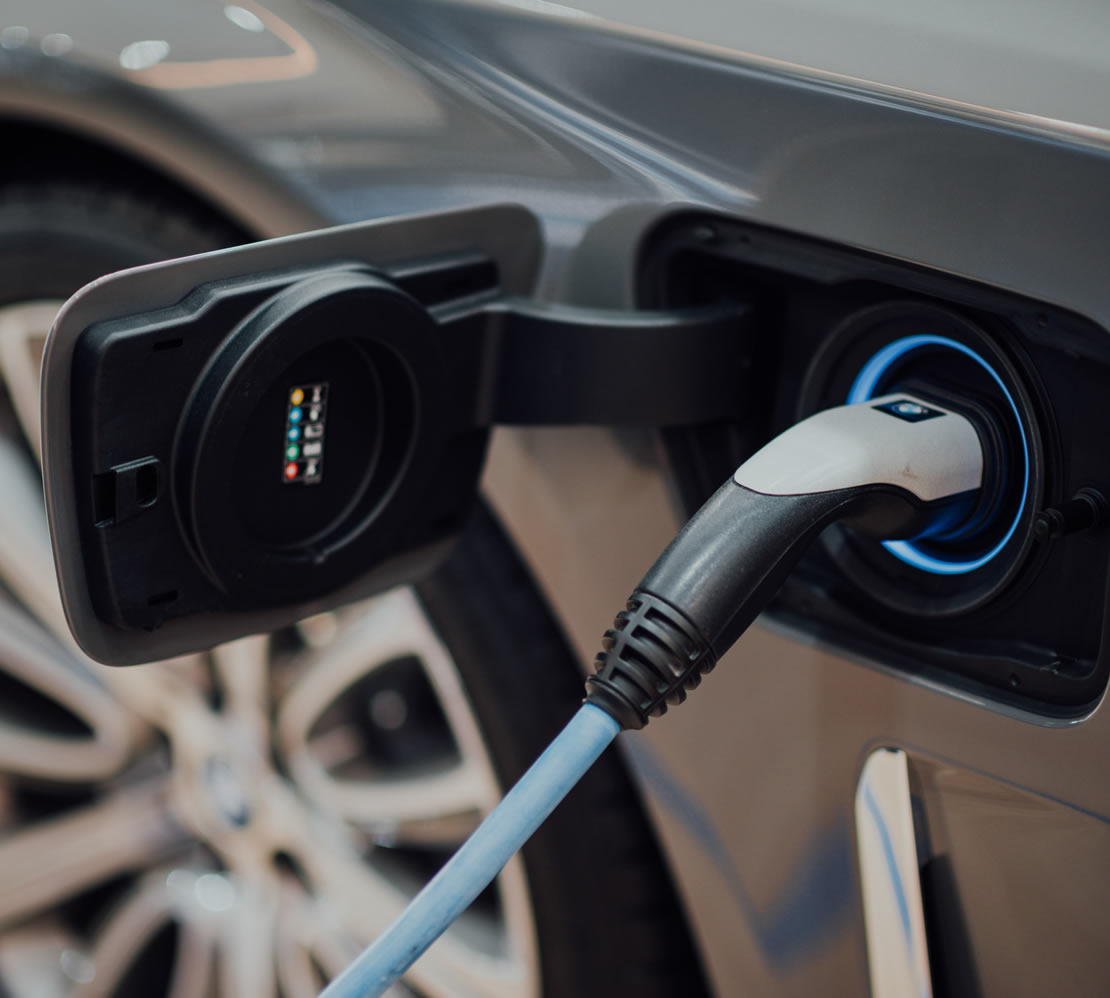1.Type of EV Chargepoint
Homes, businesses, and motorways will all have different requirements when it comes to EV chargers. Standard/ slow chargers will re-power a car/van within 8 and 12 hours. This is ideal for homeowners who have the luxury of recharging their car/van overnight. However, it’s not so great for people travelling on motorways to important meetings. Therefore, it is much more likely that you’ll encounter a supercharger or rapid-charger on an M- or A-road. These stations can deliver a substantial amount of charge in as little as 10 to 20 minutes.
2. Electrical Supply Capacity
Having decided on a number and type of EV chargers, you’ll need to assess whether you have the electrical supply capacity to support them. Installing a portable energy logger in a distribution board can help with this. For example, a PEL103 will log data over hours, days or weeks, allowing you to ascertain when your business’ peak load occurs and whether you have enough spare supply capacity (headroom) to accommodate the chargepoints. If you do, great that’s one requirement met. If you don’t, it’s not a problem, you might just need to upgrade your energy plan.
3. Harmonics
Installing EV chargepoints may spark an increase in harmonics. This is because a DC supply is needed to charge a car/van. Therefore, the EV charger or electric vehicle will feature a rectifier to convert the AC supply into a DC supply; as all rectifiers are non-linear loads they generate harmonics. If harmonics exceed the permitted amount specified by your energy supplier you may be required to switch off the EV chargepoints. Moreover, high harmonics can cause malfunctioning equipment and overheating conductors, resulting in costly downtime.
4. Load Balancing
As mentioned above there are two types of mid-range EV chargers: single-phase 7kW-rated stations and three-phase 22kW-rated stations. The 7kW-rated chargepoints, while smaller loads, may prove challenging to install in three-phase systems as they could trigger phase imbalance across the supply. This can cause issues such as excessive vibration, overheating, and inefficient operation resulting in increased energy usage, higher costs, and more carbon emissions – the very thing green travel is trying to avoid. With a PEL, you can verify that the phases are balanced regardless of whether the EV chargers are in use. A portable energy logger also allows you to monitor the effects of load redistribution, allowing you to optimise phase balancing.

